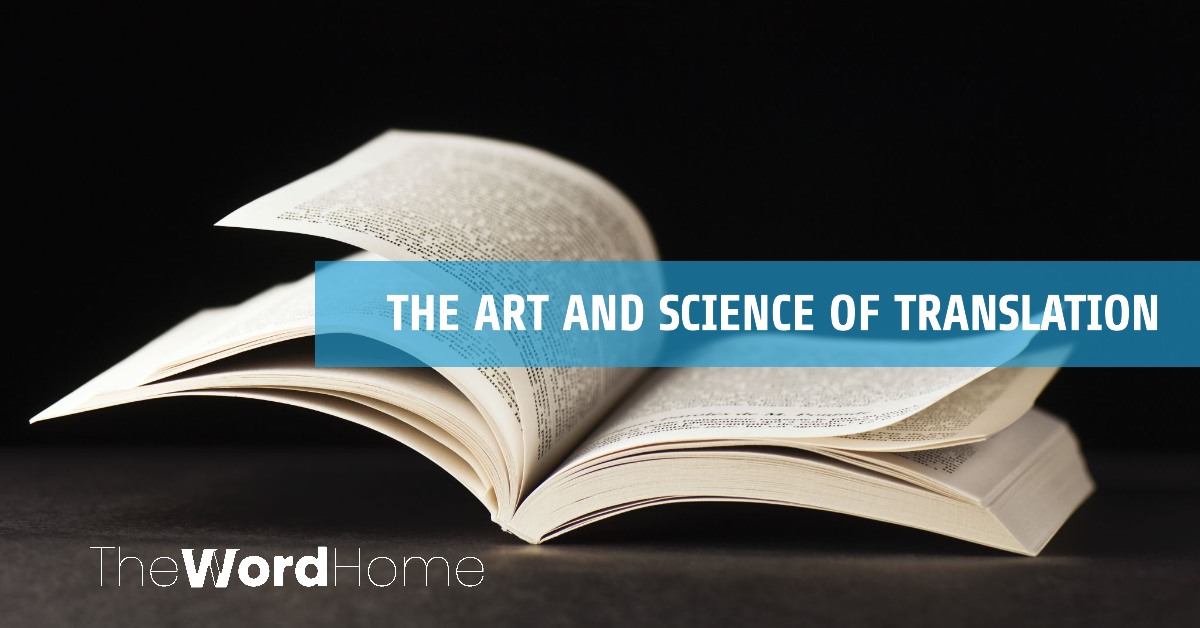Table of Contents
By simplifying ways for global communication, global translation removes language barriers and facilitates seamless understanding across cultures. General translation ensures an accurate translation of the text while preserving the original meaning and context. With the increasing trend of globalization, the demand for professional general translation services is increasing, helping companies, organizations, and individuals expand their operations.
Professional translators are well-versed in linguistic nuances and cultural sensitivities, ensuring quality and accuracy. By applying technology, public translation integrates artificial intelligence and machine learning to deliver results faster and more efficiently. As a basis for cross-cultural exchange, general translation promotes solidarity and communication in our diverse and interconnected world.
What is General Translation?

Translating written documents from one language to another while preserving the original context, meaning, and tone is called general translation. General translation covers a wide range of content, including marketing materials, websites, documents, etc., unlike specialized translation, which focuses on specific industries or topics.
What is the Role of General Translation in Global Communication?
The ability to communicate in multiple languages is essential in today’s interconnected world for individuals operating in a multicultural society; governments are trying to engage with diverse populations and companies looking to expand into new markets by ensuring messages are conveyed accurately in multiple languages, universal translation is essential to this communication.
What are the Challenges in General Translation?
Although it seems simple, generative translation raises several questions that need to be carefully considered. One of the main obstacles is maintaining the nuances and culture present in the original text. For a translation to be accurate and effective, the translator must also be aware of regional differences in language and colloquialisms. The importance of quality in general translation.

What is the Importance of Quality in General Translation?
In general translation, accuracy is very important because errors can cause misunderstandings and misconceptions. To ensure that translations are accurate, culturally sensitive, and appropriate to the intended language, professional translators undergo extensive training and adhere to strict standards.
What is the Relationship between Technology and General Translation?
Technological developments have revolutionized the general translation industry, allowing it to operate faster, more efficiently, and more easily than before. Artificial intelligence (AI), machine translation (MT), and computer-assisted translation (CAT) systems have radically changed the way translation is done, delivering greater accuracy and consistency on large amounts of documents. Facilitating communication between people of different languages and cultures is a difficult but necessary task for general translation. Universal translation enables people from different backgrounds to share and enjoy ideas, information, and stories, making the world more understandable and connected.

Technology has acted as a whirlwind, sweeping through the general translation industry and transforming it into a more efficient, streamlined machine. Gone are the days of painstakingly translating documents by hand. Artificial intelligence (AI) has become a game-changer, wielding its power through machine translation (MT) and computer-assisted translation (CAT) systems. These marvels of innovation have fundamentally reshaped the translation landscape, enabling the handling of vast quantities of documents with increased accuracy and consistency.
However, the true purpose of general translation goes beyond mere speed and efficiency. It serves as a bridge, fostering communication and understanding between individuals and cultures separated by language barriers. It’s a herculean task, meticulously untangling the nuances of one language and weaving them into the tapestry of another. Yet, this intricate dance is crucial for breaking down communication silos. Through general translation, the world shrinks, transforming into a vibrant tapestry where people from all walks of life can share ideas, information, and stories. It allows us to appreciate the beauty of diverse perspectives and fosters a sense of global connection, making the world a more unified and empathetic place.
In conclusion, the synergy of technology and human expertise in general translation promises a future brimming with possibilities. As AI and machine translation continue to evolve, human translators will play a vital role in ensuring accuracy, cultural sensitivity, and the preservation of the unique essence of each language. By harnessing the power of technology alongside the irreplaceable human touch, general translation can continue to break down communication barriers and foster a more inclusive, interconnected world.
What is the Relationship between Technology and General Translation


